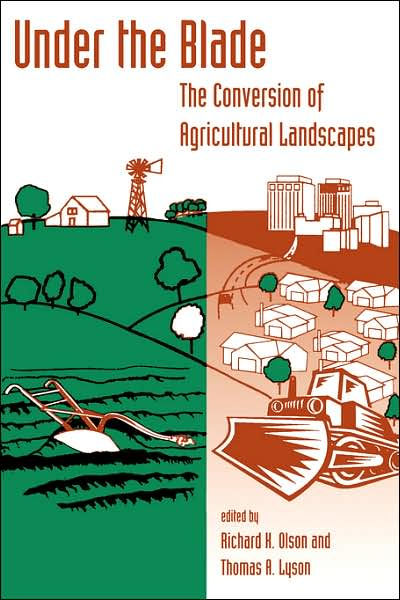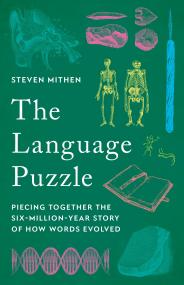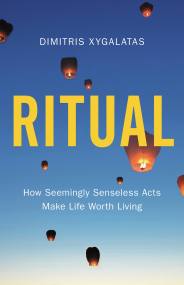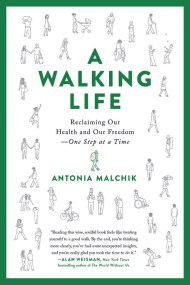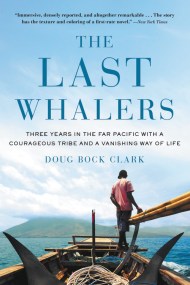Promotion
Use code BESTBOOKS24 for 25% off sitewide + free shipping over $35
By clicking “Accept,” you agree to the use of cookies and similar technologies on your device as set forth in our Cookie Policy and our Privacy Policy. Please note that certain cookies are essential for this website to function properly and do not require user consent to be deployed.
Under The Blade
The Conversion Of Agricultural Landscapes
Contributors
Edited by Thomas A. Lyson
Formats and Prices
Price
$54.00Format
Format:
Trade Paperback $54.00This item is a preorder. Your payment method will be charged immediately, and the product is expected to ship on or around December 25, 1998. This date is subject to change due to shipping delays beyond our control.
Also available from:
Genre:
- On Sale
- Dec 25, 1998
- Page Count
- 488 pages
- Publisher
- Avalon Publishing
- ISBN-13
- 9780813335971
Newsletter Signup
By clicking ‘Sign Up,’ I acknowledge that I have read and agree to Hachette Book Group’s Privacy Policy and Terms of Use
